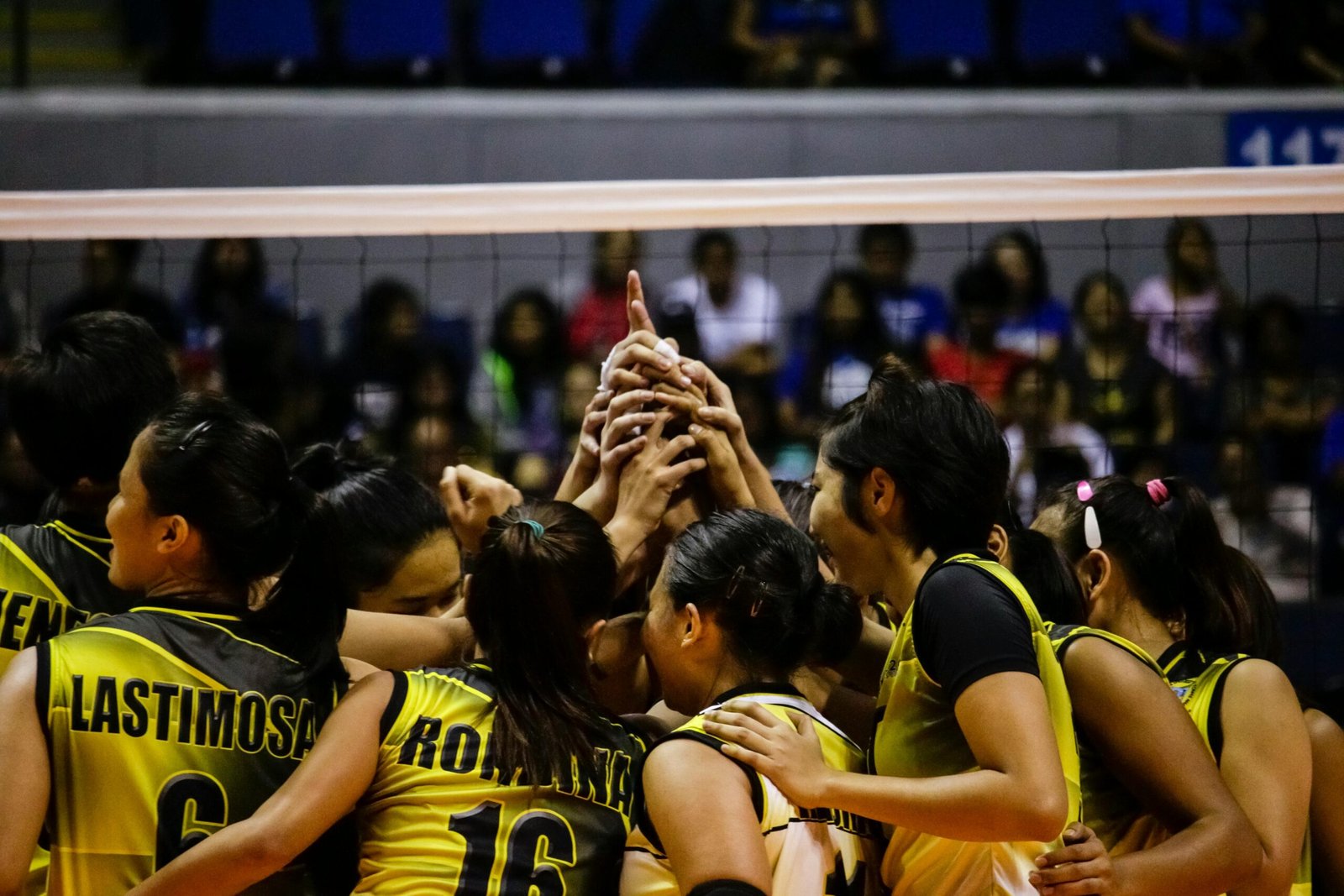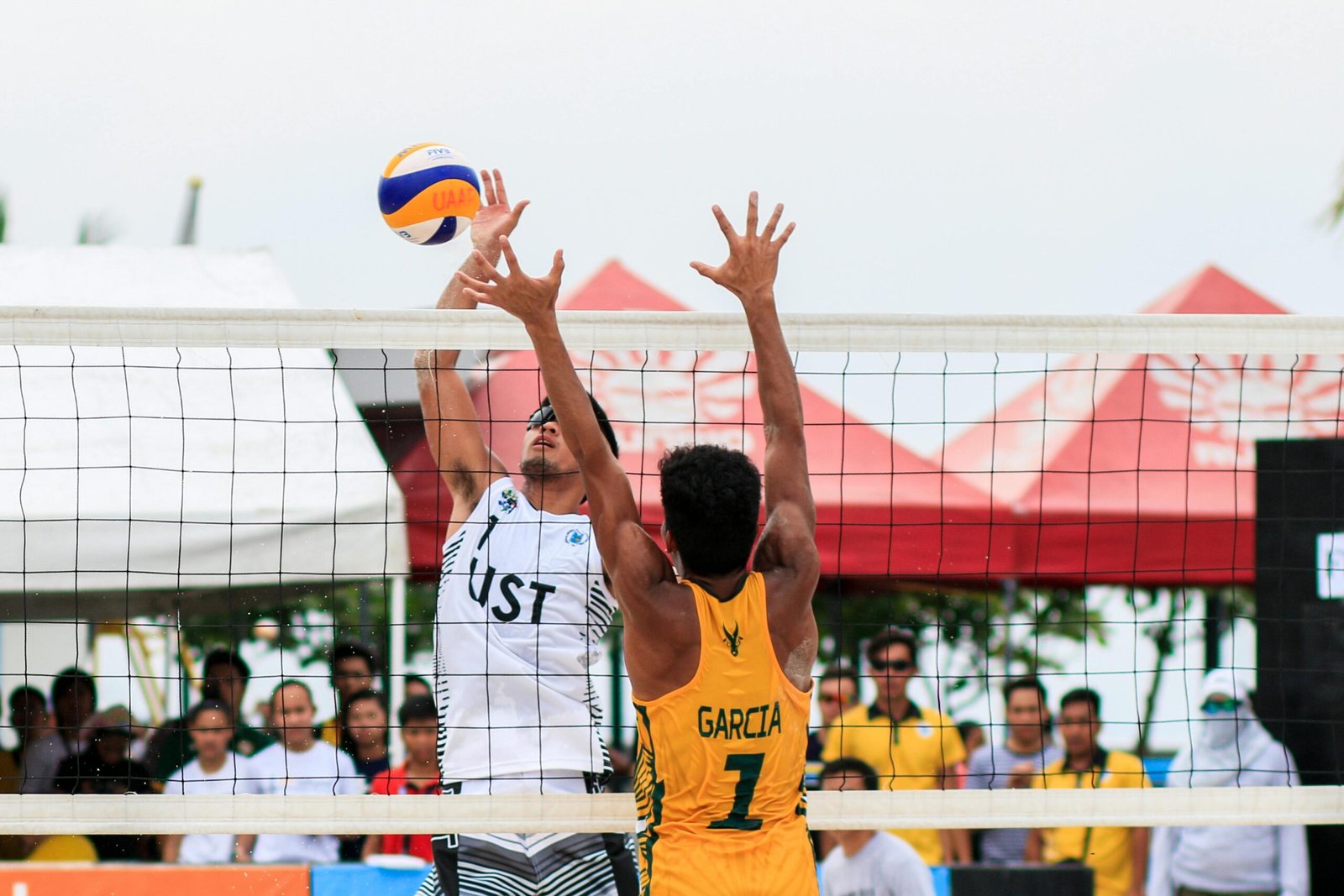This guide pairs each major Haikyuu team with a real-world team they most resemble, then maps key characters to specific professional players — explaining how the skills, style and personality line up. It’s designed to help anime fans jump into real volleyball with familiar reference points.
Karasuno High School – Team Analogue: Japan Men’s National Team (speed, floor defence, quick tempo)
Shoyo Hinata → Yūji Nishida (Japan, Opposite)
Explosive approach, huge vertical, fearless in transition. Nishida proves you don’t need to be the tallest to be terminal — perfect for Hinata’s fast-tempo, out-of-system scoring and back-court attack threat.
Tobio Kageyama → Simone Giannelli (Italy, Setter)
Command of tempo, elite touch, and bold choices to free the middle and pipe. Like Giannelli, Kageyama runs a modern, creative offence and elevates every hitter.
Daichi Sawamura → Matey Kaziyski (Bulgaria, Outside Hitter/Captain)
Two-way stability, serve-receive reliability, and calm leadership — Daichi’s glue-guy influence mirrors Kaziyski’s steadying presence.
Yū Nishinoya → Jenia Grebennikov (France, Libero)
Lightning reactions, spectacular second-touch saves, and swagger in the back court. That “never let the ball die” energy is pure Noya.
Asahi Azumane → Matt Anderson (USA, Opp/OH)
Quiet demeanour, heavy arm, and clutch runs when rhythm clicks. Anderson’s smooth, terminal hitting reflects Asahi at full confidence.
Kei Tsukishima → Jakub Kochanowski (Poland, Middle Blocker)
Read-blocking first, then fast first-tempo quicks. Both win with timing, reach and serve pressure rather than pure muscle.
Ryūnosuke Tanaka → Facundo Conte (Argentina, Outside Hitter)
High-motor competitor, emotional spark, and streak-scoring when the crowd roars — Conte’s vibe matches Tanaka’s fire.
Tadashi Yamaguchi → Oleh Plotnytskyi (Ukraine, Outside Hitter/Serve Ace)
A serve-driven momentum shifter. Yamaguchi’s identity as a serving specialist aligns with Plotnytskyi’s pressure from the line.
Aoba Johsai (Seijoh) – Team Analogue: USA Men’s National Team (setter-led balance, system first)
Tōru Oikawa → Micah Christenson (USA, Setter)
Game architect with elite location, fearless in big moments, and masterful at reading blockers — Oikawa’s essence.
Hajime Iwaizumi → Aaron Russell (USA, Outside Hitter)
Terminal when needed, but invaluable in reception and block — the setter’s best mate, much like Iwaizumi is to Oikawa.
Issei Matsukawa → Mateusz Bieniek (Poland, Middle Blocker)
Smart closes and quick first-tempo scoring; a thinking middle who changes the net picture.
Takahiro Hanamaki → Trevor Clevenot (France, Outside Hitter)
Understated, technically clean, and dependable in reception — the “make everything smoother” outside.
Shigeru Yahaba → Luciano De Cecco (Argentina, Setter)
Touch, disguise and rhythm — a creative setter who keeps the block guessing.
Shinji Watari → Taichiro Koga (Japan, Libero)
Fast feet, tidy platform, and calm rescue work under pressure.
Atsushi Kindaichi → David Smith (USA, Middle Blocker)
Reliable slides, efficient quicks, and disciplined block positioning.
Akira Kunimi → Yuki Ishikawa (Japan, Outside Hitter)
Cool-headed, efficient shot-making and surgical tooling of the block.
Inarizaki High School – Team Analogue: Itas Trentino (Italy) (young stars + high skill, ruthless side-out)
Atsumu Miya → Antoine Brizard (France, Setter)
Creative tempo, daring back-sets and fearless serving — a setter who dictates mood and pace.
Osamu Miya → Alessandro Michieletto (Italy, Outside Hitter)
Tall, composed, and surgical with angles; elite control rather than pure chaos.
Rintarō Suna → Jan Kozamernik (Slovenia, Middle Blocker)
Hands like a spider web — late, precise closes and smart soft blocks.
Aran Ōjiro → Wilfredo León (Poland/Cuba, Outside Hitter)
Prototype wing scorer: explosive jump, sharp cross, and blistering seam hitting.
Shinsuke Kita → Ricardo Lucarelli (Brazil, Outside Hitter/Captain)
Fundamentals, first-ball side-out, meticulous reception — a captain who wins with habits.
Fukurodani Academy – Team Analogue: Wolfdogs Nagoya (Japan) (star scorer focal point, crisp side-out)
Kōtarō Bokuto → Bartosz Kurek (Poland, Opposite)
Emotional tide-turner with MVP peaks; when the rhythm hits, nobody wants to be under the ball.
Keiji Akaashi → Fabián Drzyzga (Poland, Setter)
Calm conduit who feeds the hot hand without losing structure.
Shinsuke Komi → Erik Shoji (USA, Libero)
Pristine platform, emergency digs on rockets, and elite second-touch poise.
Tatsuki Washio → Srećko Lisinac (Serbia, Middle Blocker)
Fast off the floor with punishing first-tempo finishes and strong read blocks.
Akinori Konoha → Ran Takahashi (Japan, Outside Hitter)
Versatile, high-IQ attacking with finesse in the tool and roll repertoire.
Shiratorizawa Academy – Team Analogue: Zenit Kazan (power, height, serve pressure)
Wakatoshi Ushijima → Maxim Mikhaylov (Russia, Opposite)
Terminal pace, brutal line hitting, and relentless point-scoring presence.
Satori Tendō → Agustín Loser (Argentina, Middle Blocker)
Elite read-blocking instincts — wins with timing and brains more than raw size.
Tsutomu Goshiki → Ezequiel Palacios (Argentina, Outside Hitter)
Ambitious wing who can carry rotations and grow into a lead scorer.
Kenjirō Shirabu → Bruno Rezende (Brazil, Setter)
Surgical location and tempo discipline — an offence that stays on time.
Reon Ōhira → Filippo Lanza (Italy, Outside Hitter)
Steady captaincy, reception first, and no-drama point building.
Kamomedai High School – Team Analogue: Japan U-19/Junior National Teams (small but sky-high, ultra-fast patterns)
Kōrai Hoshiumi → Tatsuya Fukuzawa (Japan, Outside Hitter)
Shorter by elite standards but sky-high, with whip speed and fearless tooling — Hoshiumi energy.
Sachirō Hirugami → Pablo Crer (Argentina, Middle Blocker)
Quick off the floor, great reading in the seam, and tidy first-tempo offence.
Date Tech High School – Team Analogue: Jastrzębski Węgiel (Poland) (the “iron wall”, block-defence identity)
Takanobu Aone → Dmitry Muserskiy (Russia/Japan V.League, Middle Blocker)
Intimidating wall at the net; changes hitters’ shot maps just by being there.
Kenji Futakuchi → Thijs Ter Horst (Netherlands, Outside Hitter)
All-rounder who can side-out under pressure and contribute from the line.
Kaname Moniwa → Lukas Kampa (Germany, Setter)
Steady, system-first distribution with a premium on first-ball side-out.
Kanji Koganegawa → Marcin Janusz (Poland, Setter)
Tall setter with assertive choices and a serve that flips momentum.
Itachiyama Institute – Team Analogue: Poland Men’s National Team (deep, balanced, ruthless at the net)
Kiyoomi Sakusa → Kamil Semeniuk (Poland, Outside Hitter)
High contact point, wicked serve, and modern two-way OH excellence.
Motoya Komori → Fabio Balaso (Italy, Libero)
Reads early, anchors reception, and turns rockets into accurate passes.
Nekoma High School – Team Analogue: Panasonic Panthers (Japan) (serve-receive masters, transition artistry)
Tetsurō Kuroo → Lucas Saatkamp “Lucão” (Brazil, Middle Blocker)
Tactical block leader who closes angles and scores on the A-quick and slides.
Kenma Kozume → Saeid Marouf (Iran, Setter)
Chess-player tempo, late holds, and gutsy last-second choices that wrong-foot the block.
Morisuke Yaku → Luke Perry (Australia, Libero)
Reads hitters early, fearless over the advertising boards, and laser platforms in chaos.
Lev Haiba → Ilia Vlasov (Russia, Middle Blocker)
Towering length and raw ceiling — when timing syncs, the net tilts.
Sō Inouka → Norbert Huber (Poland, Middle Blocker)
Fast close, heavy hands, and underrated first-tempo pop.
How to Use This Guide
Share this post with friends who love Haikyuu but haven’t tried real volleyball yet — it’s the perfect bridge., they become second nature – just like the fast-paced plays depicted in professional volleyball.ss to chase every ball.our team.
Watch a match featuring the real player matched to your favourite character and look for the specific traits described.
Follow the analogue team during a tournament to see the full system that mirrors the anime team’s identity.



